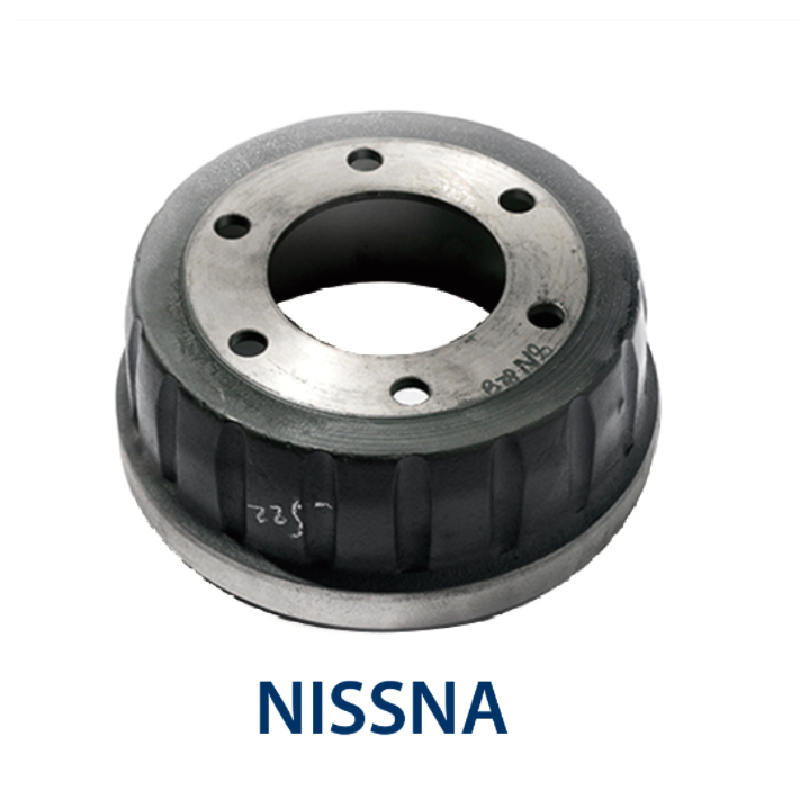Nov . 08, 2024 07:22 Back to list
Comparing Brake Drum and Brake Pad Performance in Automotive Systems
Brake Drum vs. Brake Pad Understanding the Key Components of Your Vehicle’s Braking System
When it comes to vehicle safety, the braking system plays a crucial role. Among its various components, brake drums and brake pads are essential for ensuring effective stopping power. While both serve the same ultimate purpose of halting the vehicle, they function differently and are utilized in distinct types of braking systems. This article will explore the differences between brake drums and brake pads, providing insight into their functions, advantages, and considerations for vehicle maintenance.
Brake Drums The Mechanism Behind Drum Brakes
Brake drums are integral parts of drum brake systems, which have been common in vehicles for decades. The drum itself is a round metal component that rotates with the wheel. Inside the drum, brake shoes are positioned against the inner surface. When the driver presses the brake pedal, hydraulic pressure forces the brake shoes outward against the drum. The friction created between these two surfaces dissipates kinetic energy, effectively slowing down or stopping the vehicle.
One of the primary advantages of brake drums is their ability to handle heat and resist fading, especially in heavy-duty applications. This makes them particularly suitable for trucks and larger vehicles that may exert more force on their brakes. Additionally, drum brakes typically require less frequent maintenance and can be more cost-effective to replace than their disc brake counterparts.
However, drum brakes do have their limitations. They can be less effective in wet conditions due to water and debris accumulating in the drum. Furthermore, they generally do not provide as much stopping power as disc brakes, especially during high-speed situations. As a result, many newer vehicles tend to favor disc brake systems for their superior performance.
Brake Pads The Core of Disc Brakes
Brake pads are a key element of disc brake systems, which are now more commonly used in modern vehicles. Disc brakes consist of a rotor (or disc) that is mounted to the wheel, and when the driver applies the brakes, calipers squeeze the brake pads against the rotor. This friction between the pads and rotor creates the force needed to slow down or stop the vehicle.
brake drum vs brake pad

One of the notable advantages of brake pads is their excellent performance in both wet and dry conditions, as they maintain effective contact with the rotor. This ensures shorter stopping distances and better overall braking performance. Disc brakes also cool more efficiently than drum brakes, reducing the risk of brake fade.
However, brake pads are subject to wear and tear; they will need to be replaced more frequently than brake drums. The material of the brake pads can also influence their longevity and performance. For example, ceramic pads might offer quieter operation and less dust, while metallic pads tend to provide better performance in high-performance situations but can wear out the rotor more quickly.
Maintenance Considerations
Understanding the differences between brake drums and brake pads is essential for vehicle upkeep. Regular inspections of both systems can help ensure optimal performance and safety. It is also crucial to use high-quality components, as the effectiveness of the braking system directly correlates with the quality of the parts used.
When deciding between brake drums and brake pads, vehicle owners should consider their driving habits, the type of vehicle they own, and the environments they frequent. For example, those who frequently drive in hilly areas or heavy traffic may benefit from a disc brake system's superior stopping power, while drum brakes may suffice for lighter vehicles primarily used for city driving.
Conclusion
In summary, both brake drums and brake pads are vital components of a vehicle’s braking system, each with its unique functions and benefits. Understanding these differences can help vehicle owners make informed decisions regarding maintenance and upgrades, ultimately contributing to enhanced safety on the road. Keeping the braking system in top condition is paramount for any driver, making it worthwhile to pay attention to these essential components.
-
Volvo Brake Drum: OEM Quality, Optimal Safety
NewsAug.27,2025
-
Durable Brake Drum MAZ for Heavy Duty Trucks | High Performance
NewsAug.26,2025
-
FUWA: Premium Quality, Reliable Performance & Innovative Solutions
NewsAug.25,2025
-
Liza Brake Drum: Superior Quality & Performance for Safe Driving
NewsAug.24,2025
-
Iveco Brake Drum | Premium OE Quality for Daily & Eurocargo
NewsAug.22,2025
-
Your Brake Drum Man: Quality & Performance Parts
NewsAug.21,2025
